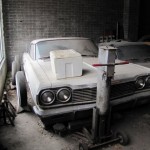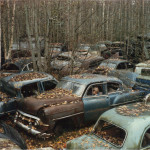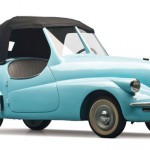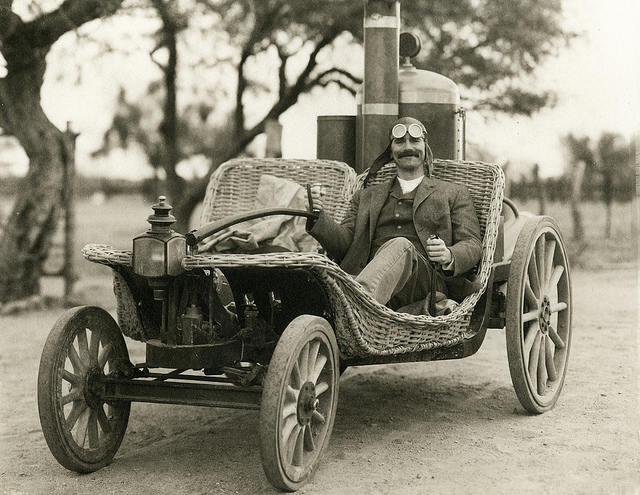
Your average household laundry basket and a car– two things you’d never put together, but at the turn of the 19th century, apparently it was all the rage…
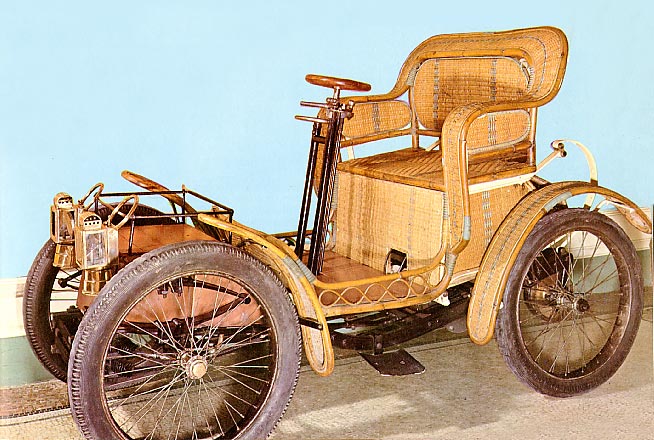
An automobile enthusiast site dedicated entirely wood-bodied cars, Old Woodies, suggests that if you delve into transportation history, “one can find the apparent ancestors of these quirky vehicles: wickerwork carriages, sedan-chairs, reed boats, even hot-air balloons.” I’ve also seen a few old photographs of Victorian wicker wheelchairs, which I have a hunch may have had something to do with this too.
A model such as the French 1897 Hugot (pictured above), made entirely of wicker with a 3.5 horsepower stashed under the seat, would have been considered a lightweight, resilient and economical option for early car enthusiasts at the time.
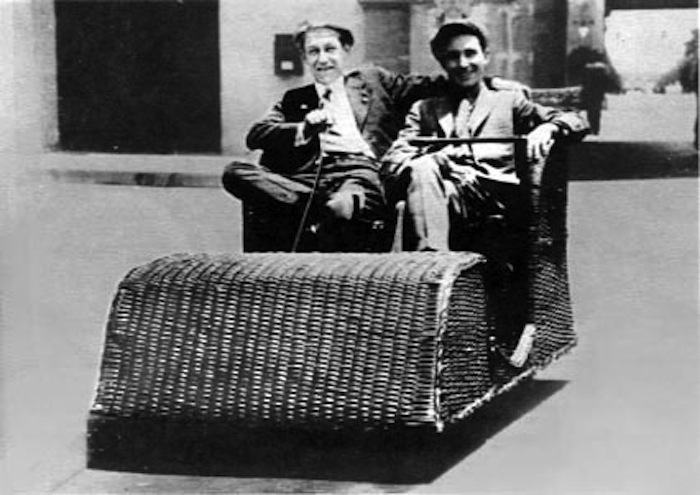
Here we have a “Electriquette” ↑. It’s no Prius but these wicker-bodied electric vehicles were zippy little things produced in Los Angeles in 1914 and rented out for $1 to visitors of the San Diego Exhibition. Around 200 were built but there’s a rumour they might be coming back.
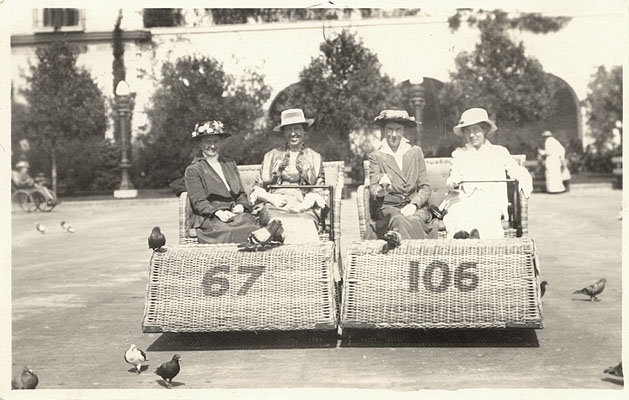
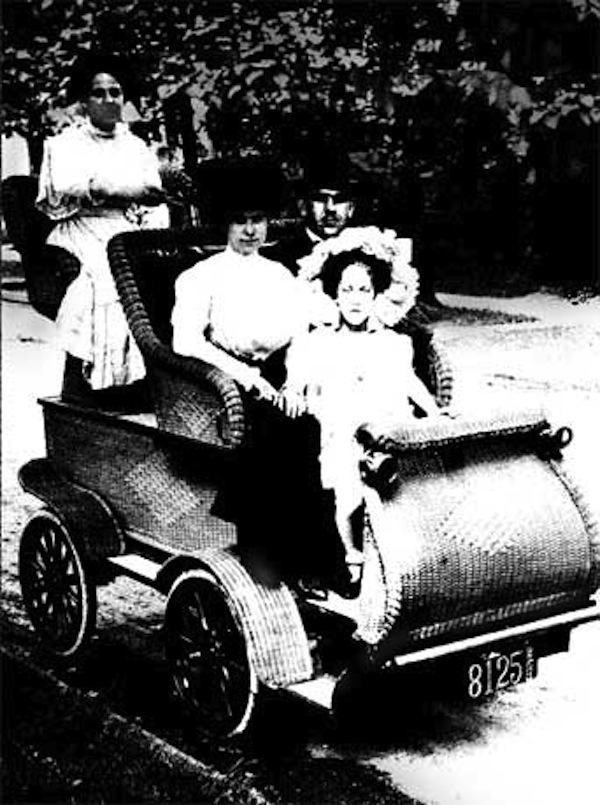
↑ An unidentified wicker model photographed in Detroit, 1910.
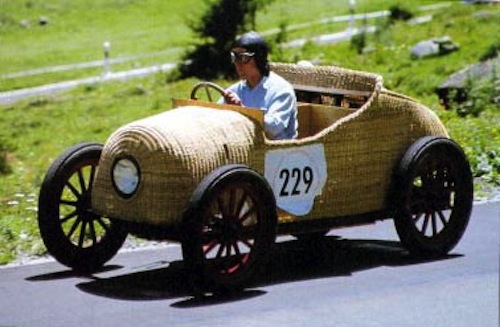
Pictured above and below is the ‘Korbwagen’, a 1920’s German wicker car produced by Hanomag, the budget version of the all-steel model known as the ‘Kommissbrot’. After WWII, Hanomag ceased making cars and became known for their slightly more durable trucks.
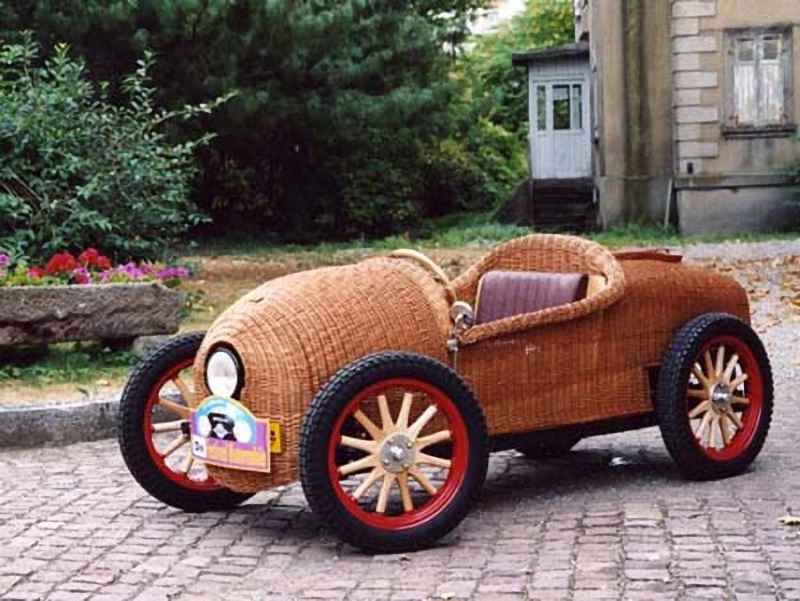
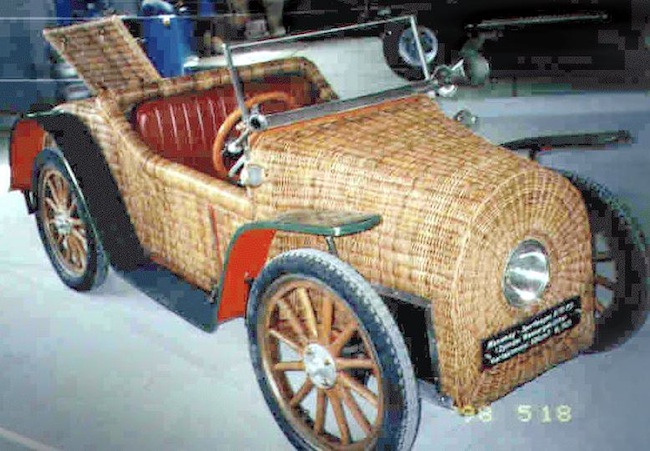
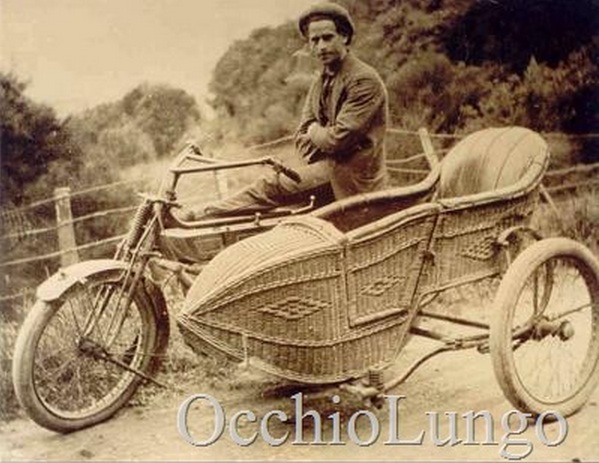
And we can’t leave out the wicker sidecar, which made for a lighter extension to tag along but not necessarily a safer one…
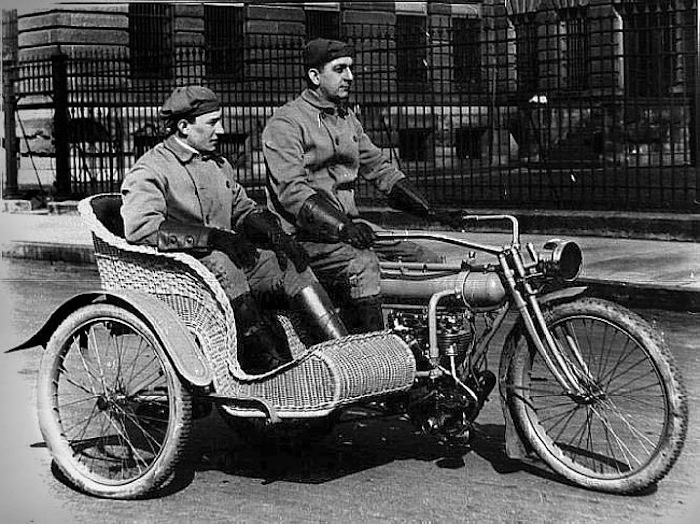
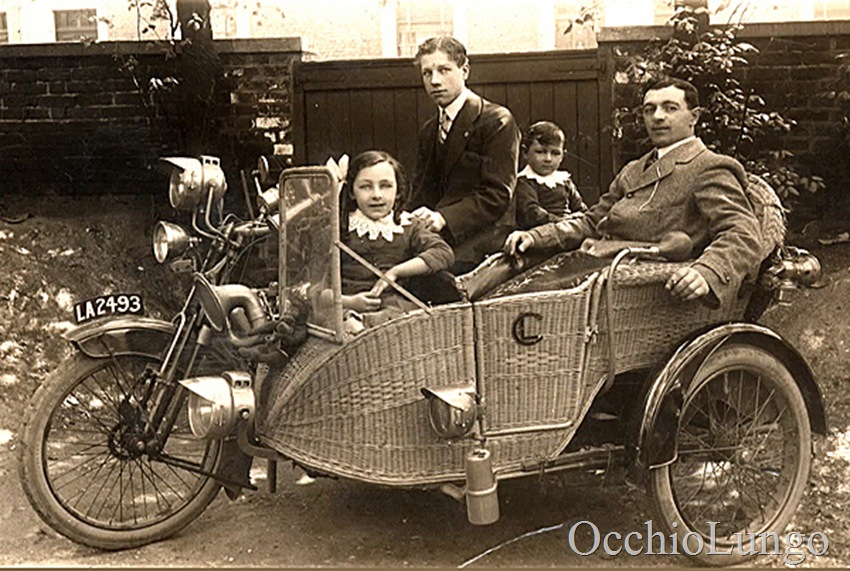
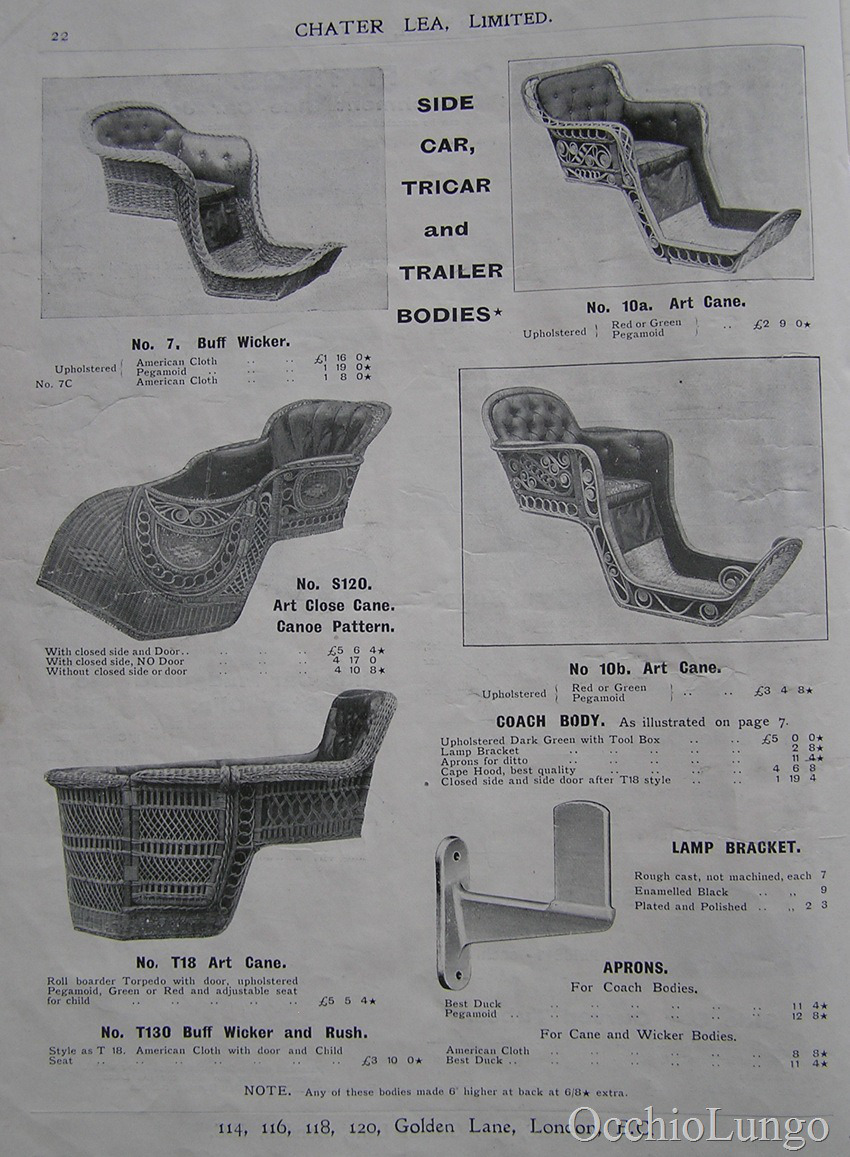
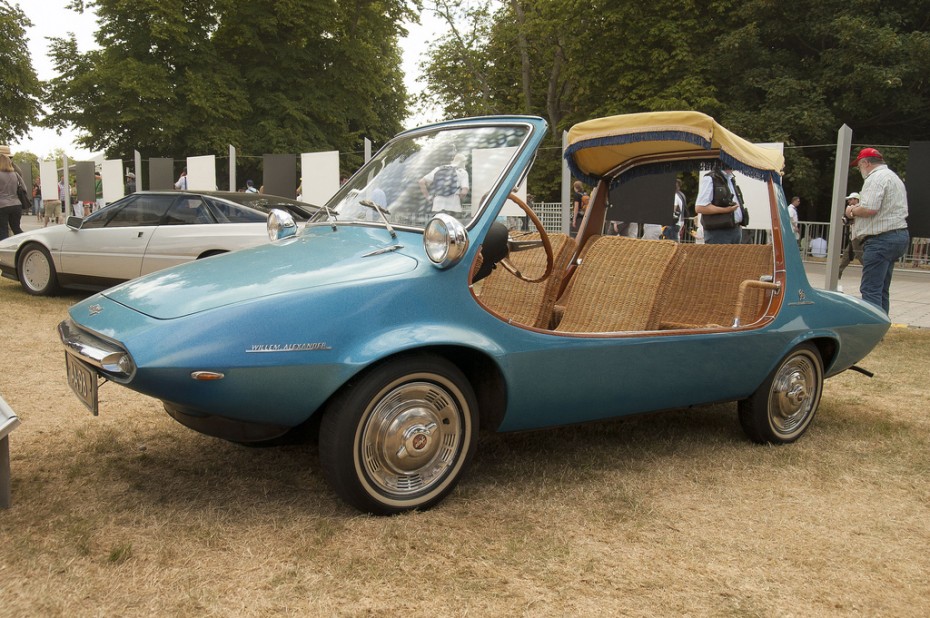
Sadly, the only thing we seem to have like it today, are these custom beach town cars such as the charming Fiat Jolly… (anyone know what the model is above?)
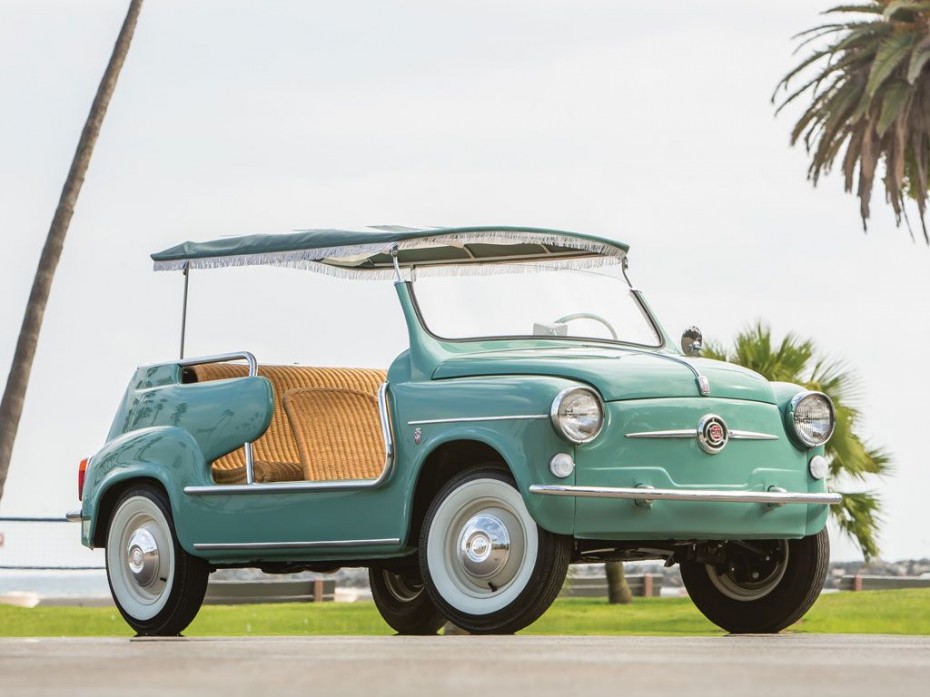
I suppose with the skill of basket-weaving being less common these days, your car entirely made of wicker likely wouldn’t fair well at the local body shop after a minor scratch or bump on the road!
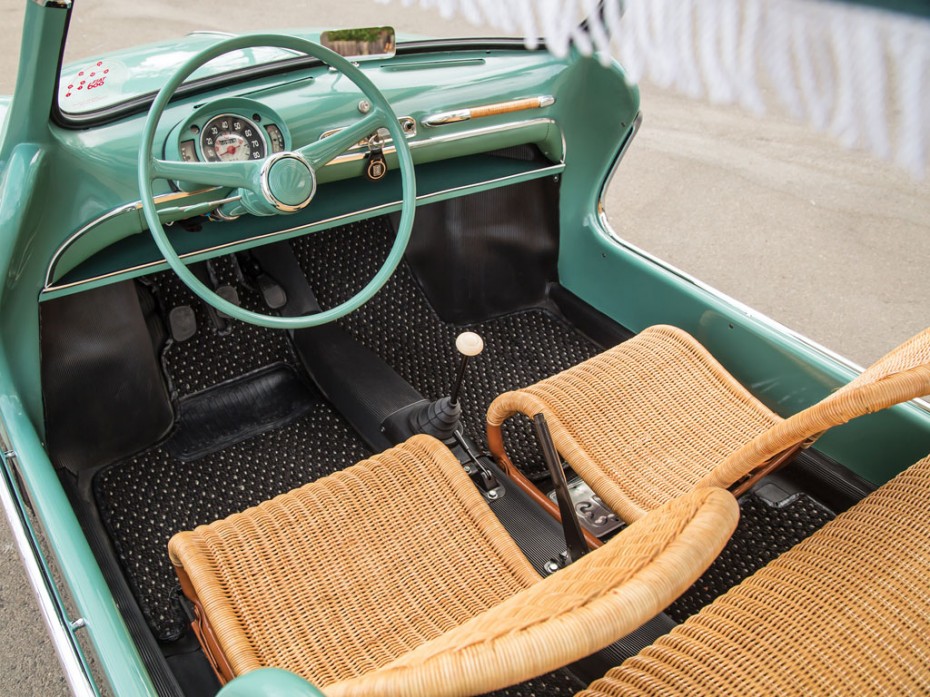
But there you have it. Laundry baskets and cars. Huh.
Sources: Old Woodies/ Occhio Lungo


